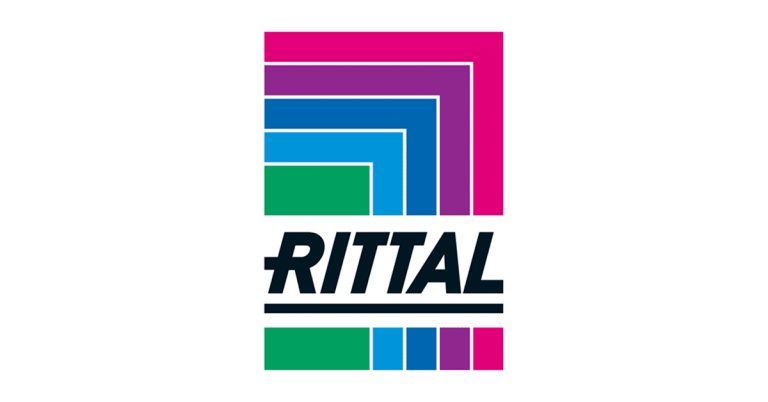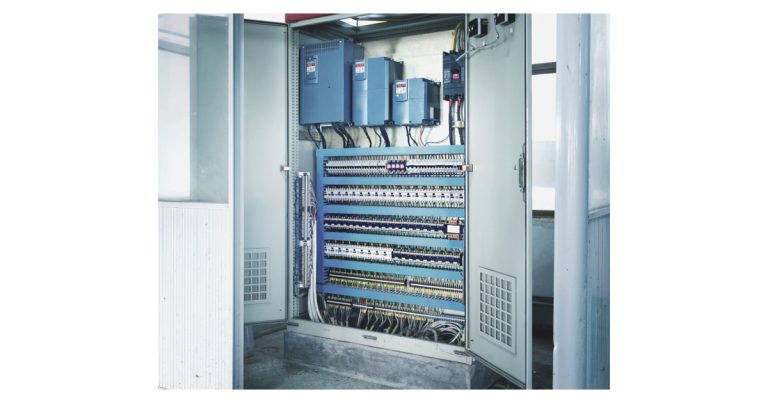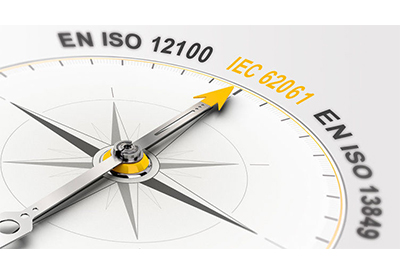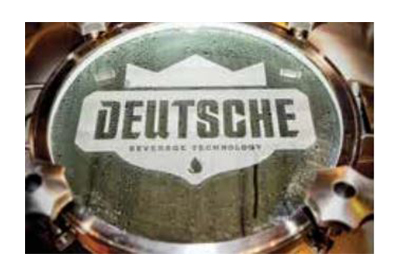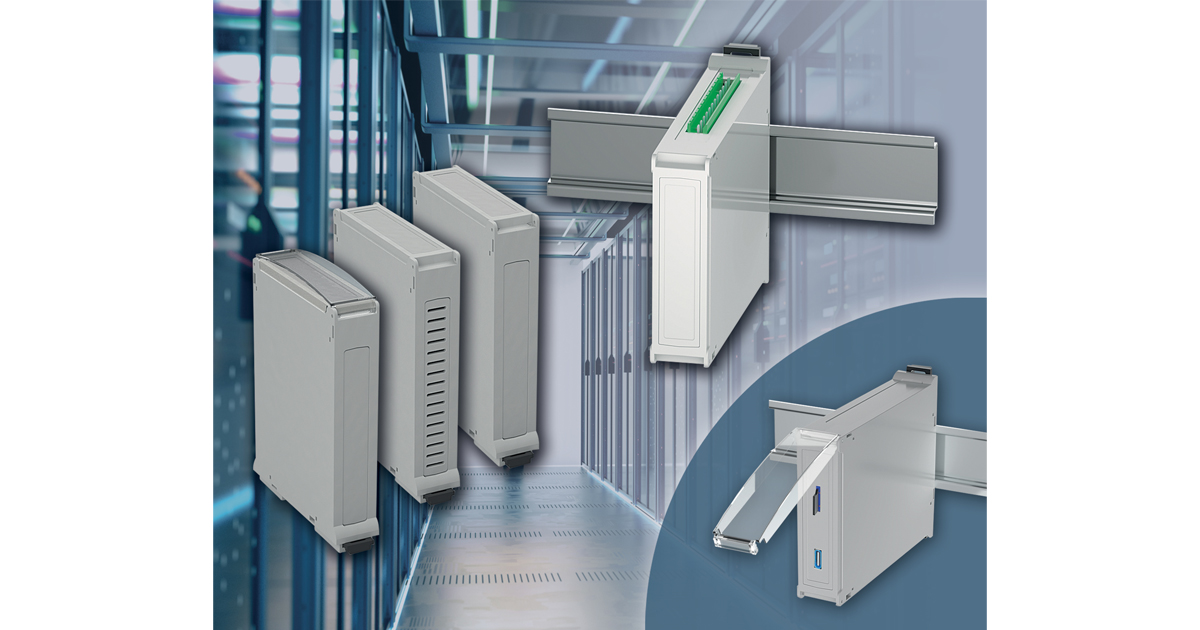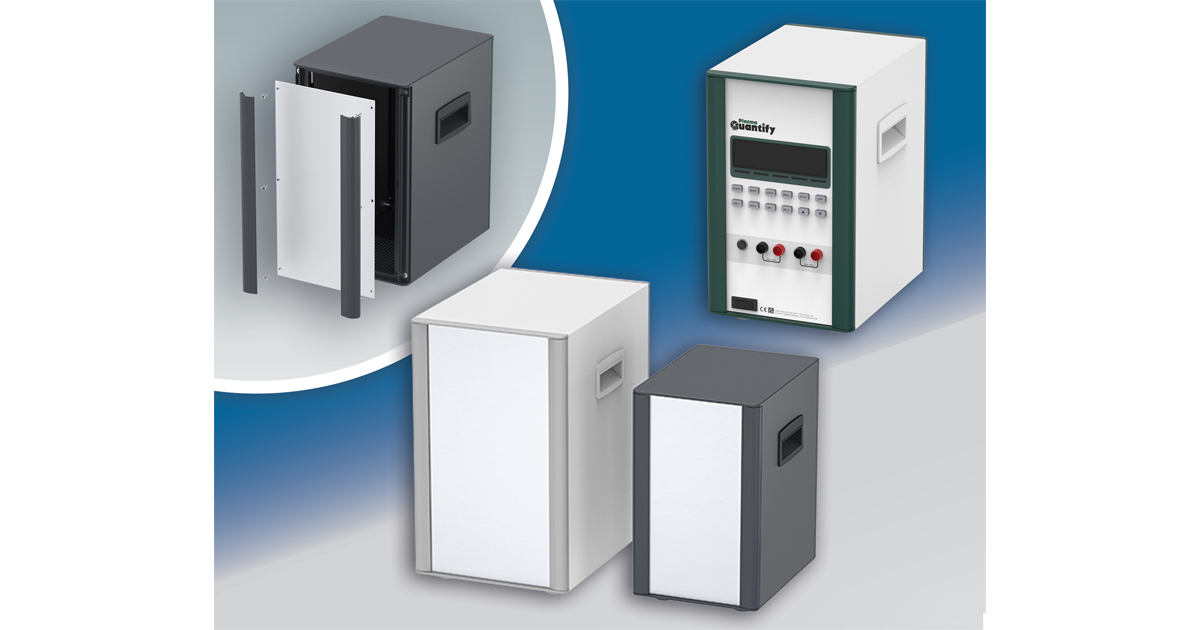Introduction to Power Supplies
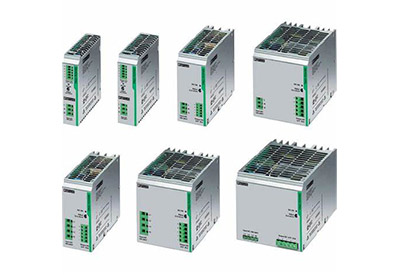
May 19, 2021
The power supply doesn’t nearly get the attention it deserves. It is a hardware component with a heartbeat that brings life to electrical devices by providing power. The daily interaction along with the frequency of usage makes this device’s output commonplace. Power supplies convert alternating current or direct current into direct current. They offer wide AC/DC input voltage ranges to accommodate global compatibility, which cover most line voltages and accept wide frequency ranges. The typical output voltages are a stable 5V, 12V, 24V, or 48VDC industry standards.
With endless amounts of applications across many industries, this article will narrow the focus to its use in industrial control panels, specifically DIN Rail mounted Power Supplies. DIN Rail is globally accepted as standard for mounting components within an industrial control panel. The DIN rail is attached to a backplate, which is then fastened within an enclosure. The process of selecting a Power Supply varies by the client’s specifications and your individual methodology. This is an abbreviated version of what you may consider, most importantly touching on Standards, Features, Functionality and Applications.
Protecting your investment and components begins with Standards, Certifications and Compliances:
- – (UL) Underwriters’ Laboratory National/UL 508, UL1604, UL 60950
- – (RoHS) Restrictionof Hazardous Substances
- – (CE) European Conformity
- – (ISA) International Society of Automation
- – (ANSI) AmericanNational Standards Institute
- – (ATEX) Atmosphere Explosible
Features add to the value of power supplies. With those features comes the Monster Truck Marketing (Trademarks, Acronyms, % Percentages and Proprietary Technology). Beware, these may lead to confusion or cause concern. Power supplies are continually increasing their capabilities, efficiency, reliability and technology. Features thatprotect the power supply are the most valuable. Some of these features include:
- – Overcurrent, Overvoltage
- – Overtemperature
- – Softstart
- – Under-voltage Lockout
- – Electromagnetic Compatibility
- – Drift, Dynamic response
- – Efficiency
- – Holdup time
- – Inrush current
- – Isolation
- – Line/Load Regulation
- – Output noise
- – Output Voltage Trim
- – Peak Current/Power
Functionality brings the fun to Power Supplies. Whether you use a Power Supply as a standalone device or in conjunction with such devices as an additional Power Supply, Power Module, Line Filter, Buffer Module, Uninterruptible Power System or Battery Modules, functions allow an end-user the advantage. Optional functions may include:
- – Visual Diagnostics
- – LED Indication
- – LCD Monitoring
- – Remote ON/OFF
- – Remote I/O
- – Alarms
- – Single or Parallel
- – Redundant Operation
- – Wireless Interfacing
- – DC OK Contact
- – Lifetime Expectancy
- – Display Modes
Applications within the industrial control panel industry are diverse for Power Supplies. Environment and intended use will determine your available options and each segment will have a magnitude of features and functions. The power supply housing may range from fully encapsulated to a modular design, with varying materials for housing construction. Applications and industries beyond industrial control panels include:
- – Control & Automation
- – Security & Surveillance
- – Climate Control Systems
- – Transportation
- – Semiconductor Fabrication
- – Marine Applications
- – Computers
- – Welding
- – Medical & Home Healthcare
- – Telecommunications
- – Robotics
- – Aviation
In conclusion, the power supply industry has reached an exciting time for designers and consumers. With the convergence of rapidly expanding technologies, these devices are reaching higher levels of sophistication. The reliance on power supplies highlights the important role they play.
![]()
https://www.indpanels.com/introduction-to-power-supplies/

